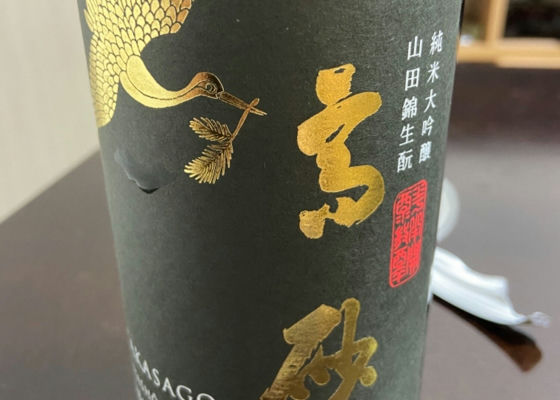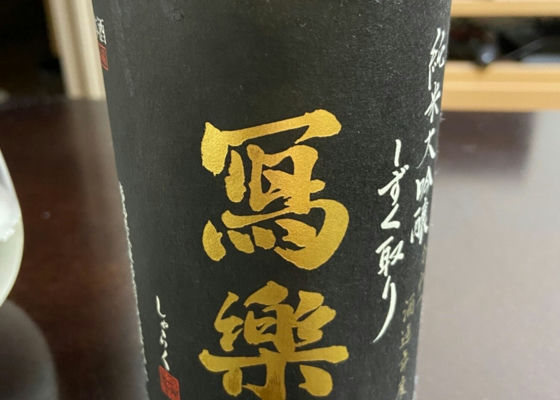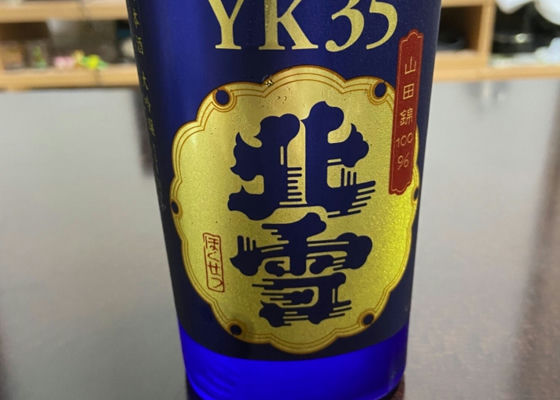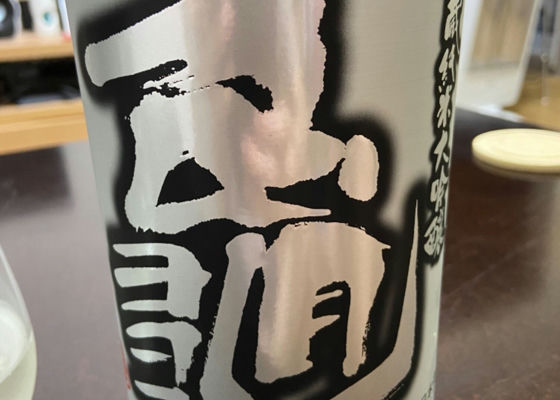
かぶら
Takasago Junmai Daiginjo Yamadanishiki
The aroma of this sake is like whey or processed cheese, and is mild, and the raw material aroma is like white egg dumplings.
When the temperature is as low as a refrigerator plus alpha, the impression is a little closed, and a sweet fruit like a white peach can be glimpsed beyond the elegant raw material aroma.
On the other hand, if it is loosened, it seems to lose its elegance, so you need to be careful about serving temperature.
It may not be suitable for restaurants.
The acidity is lively and spicy, bringing together a round texture with a full and gentle flavor.
The bitterness spreads slowly but fades out quickly and does not make the wine tiring to drink.
The Yamadanishiki Cuvee of Takasago, a reissued brand of Kiyamasa.
Compared to the Omachi Cuvée, the Yamadanishiki Cuvée is even more delicate, with the individual elements kept at a moderate level and nicely integrated with a moderately strong acidity.
The balance of the taste is more like a wine than a sake, like a high class puriney.
It has its own style which is different from new style of traditional sake such as Shinsei, Senkou and clean style of traditional sake such as Oshichi.
Japanese>English


